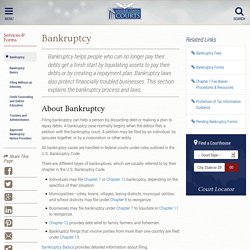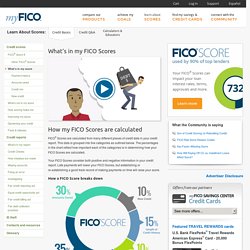

Instructional Strategies. Why Is the U.S. Determined to Have the Least-Secure Credit Cards in the World? I still remember the first time it occurred to me my credit card might be inferior—it was the summer of 2007, and I had just landed at Charles de Gaulle airport in Paris.

When I finally made my way to the train station at the airport to buy a ticket into the city, the automated ticket machine firmly rejected my Bank of America MasterCard. As I soon discovered, it was an experience familiar to every American who has traveled to Europe: the moment when an automated payment machine (or a disdainful French shop clerk) realizes that you are trying to pay using a credit card without a microchip and that you want them to process your card’s magnetic stripe, an easily counterfeited relic of 1950s technology. The fights over how America deals with credit-card fraud and who pays for it have flown under the radar in part because almost no consumers ever have to cover any of the fraudulent charges made on their cards.
The U.S.’s weak standards actually hold back other countries in important ways. Lessons: Grades 9 – 12. Paying for College. Credits & Deductions. United States Courts. Main content Bankruptcy helps people who can no longer pay their debts get a fresh start by liquidating assets to pay their debts or by creating a repayment plan.

Bankruptcy laws also protect financially troubled businesses. This section explains the bankruptcy process and laws. About Bankruptcy Filing bankruptcy can help a person by discarding debt or making a plan to repay debts. All bankruptcy cases are handled in federal courts under rules outlined in the U.S. There are different types of bankruptcies, which are usually referred to by their chapter in the U.S. Individuals may file Chapter 7 or Chapter 13 bankruptcy, depending on the specifics of their situation. Bankruptcy Basics provides detailed information about filing. Seeking the advice of a qualified lawyer is strongly recommended because bankruptcy has long-term financial and legal consequences. Use the forms that are numbered in the 100 series to file bankruptcy for individuals or married couples.
How much should I borrow in student loans? When deciding how much you should borrow in student loans, it helps to start with a budget for not only the school year but for your total expected time in school.

For each additional year that you are in school and take out student loans, your total debt will continue to increase. You should borrow only what your future earnings will allow you to repay. As a rough estimate, try not to accumulate more total student debt than you expect to earn as a starting annual salary when you leave school. If your total student loan debt when you graduate were equal to your starting annual salary, at a current interest rate for federal student loans, your payment would be nearly 14 percent of your gross monthly income. Contact your college’s career center to find resources to determine the salary you might be able to expect when graduating in your field.
Tip: Don’t borrow the maximum just because you are able to obtain the loans. Credit, Bankruptcy & Debt. Secret History Of The Credit Card. What's Up In Finance? . For Educators . Lesson 3. In this lesson, students will learn about credit cards and credit scores.

They will investigate and comprehend the concepts of credit and credit ratings, or scores. Students will then watch a clip of WHAT'S UP IN FINANCE? To see how a small-business owner named Anna is reviewed positively by a lending committee based on her strong credit rating. Students will use the "It Costs What?! " online interactivity to learn about the different costs of borrowing money on a credit card. Finally, students will compare different credit card offers for young people, and determine which card offers the best deal. TIME ALLOTMENT: 3 classes at 45 minutes per class SUBJECT MATTER: Math, Finance, Economics Video: Web site: "It Costs What?! " Federal Student Aid. How much should I borrow in student loans? FICO Credit Score Chart: How credit scores are calculated.
FICO® Scores are calculated from many different pieces of credit data in your credit report.

This data is grouped into five categories as outlined below. The percentages in the chart reflect how important each of the categories is in determining how your FICO Scores are calculated. Your FICO Scores consider both positive and negative information in your credit report. Late payments will lower your FICO Scores, but establishing or re-establishing a good track record of making payments on time will raise your score. How a FICO Score breaks down These percentages are based on the importance of the five categories for the general population.
Personal Finance Education.